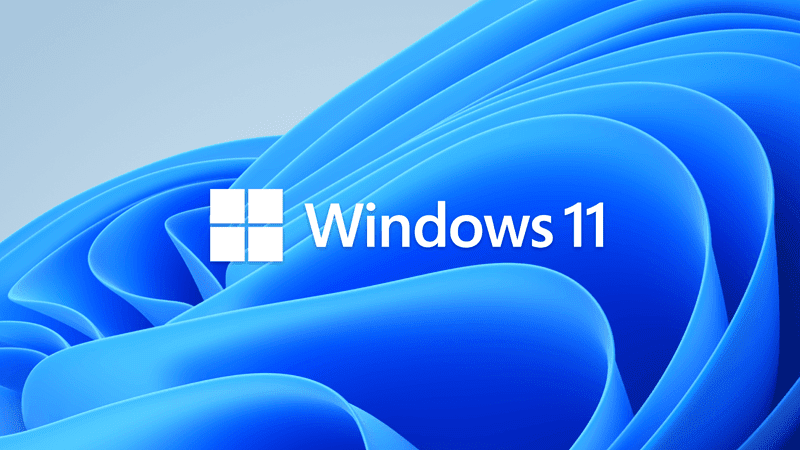gabespound
Member
- Local time
- 5:01 PM
- Posts
- 4
- OS
- Win 11, Arch
Long story short. I had windows 11 installed on this very same system with 2 2TB NVME drives in Raid-0 Using VMD and intel RST. I decided to switch to arch linux, and disabled RST, and instead left the two drives in their default modes. I installed arch linux on an mdadm (software) raid-0 and used this for months with no issue. I decided I wanted to dual boot this config with windows, and opted to start from scratch. I now cannot get my windows installer(s) to recognize my nvme drives. When I boot the installer and click install, I get a "Load Driver" Error that says "A media driver your computer needs is missing". I have tried installing the intel RST drivers at this point, it doesn't work. The installer doesn't detect them individually or even when I put them back into a RST Raid-0. I Can however see the drives in diskpart, and I can even get them to show up in the "browse" button's file explorer used for locating drivers if I configure them as NTFS. How can I get windows to see and install to at least 1 of these drives?
- Windows Build/Version
- 11
My Computer
System One
-
- OS
- Win 11, Arch
- Computer type
- PC/Desktop









